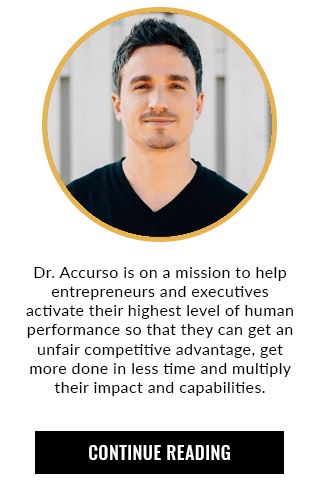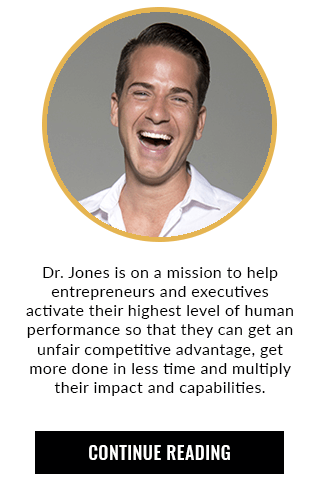The 5 Pillars of Influencing People To Action Through Communication
Podcast: Play in new window | Download
Subscribe: Apple Podcasts | RSS
Our guest today is Roberto Monaco, the CEO of Influenceology who trains speakers across all industries how to increase their influence through public speaking.
As a former leader in the Tony Robbins organization, Roberto spent years studying the most effective public speakers in order to crack “the code of influence.”
Roberto’s 5 Pillars of Persuasive Communication
Persuasive communication has everything to do with the psychology of the speaker. Roberto explains how to eliminate the FUNDA, AKA fear, uncertainty, nervousness, doubt and anxiety that accompanies public speaking for 75 percent of Americans:
- Presentation is all about focus. Figure out how to move the audience from point A to point B.
- It is not about the speaker, but about the audience. Remove the spotlight from yourself and put it on the audience.
- Structure gives you freedom. Organize your talk into the following: opening, pre-framing, body, pre-close and close.
- What you are doing is more important than what you are saying. Build a rapport with the audience.
- Before you present the information, create the need for it through effective pre-framing.
Structure of a Persuasive Presentation
Pre-framing is all about zeroing in on what your audience wants to know right away. Effective pre-framing strategies include:
- Content pre-frame: Increase the relevancy of the information for your audience.
- Law of readiness: Make sure audience is ready to consume the information.
- Set up the need for the audience to participate: Your job as an influencer is to manage the energy of the room and make sure your audience is engaged.
Roberto also recommends sharing your signature story or hero’s journey at beginning of the presentation in order to connect with your audience right away.
A more advanced method is to weave your story throughout the talk, but it’s important to do so in a manner that doesn’t sound like you’re talking about yourself the whole time.
Roberto uses the following “seeding” method to create a persuasive framework for his presentation: Introduce the problem; give implications of problem; present the solution; talk about the benefits of the solution; and then prove it through storytelling.







